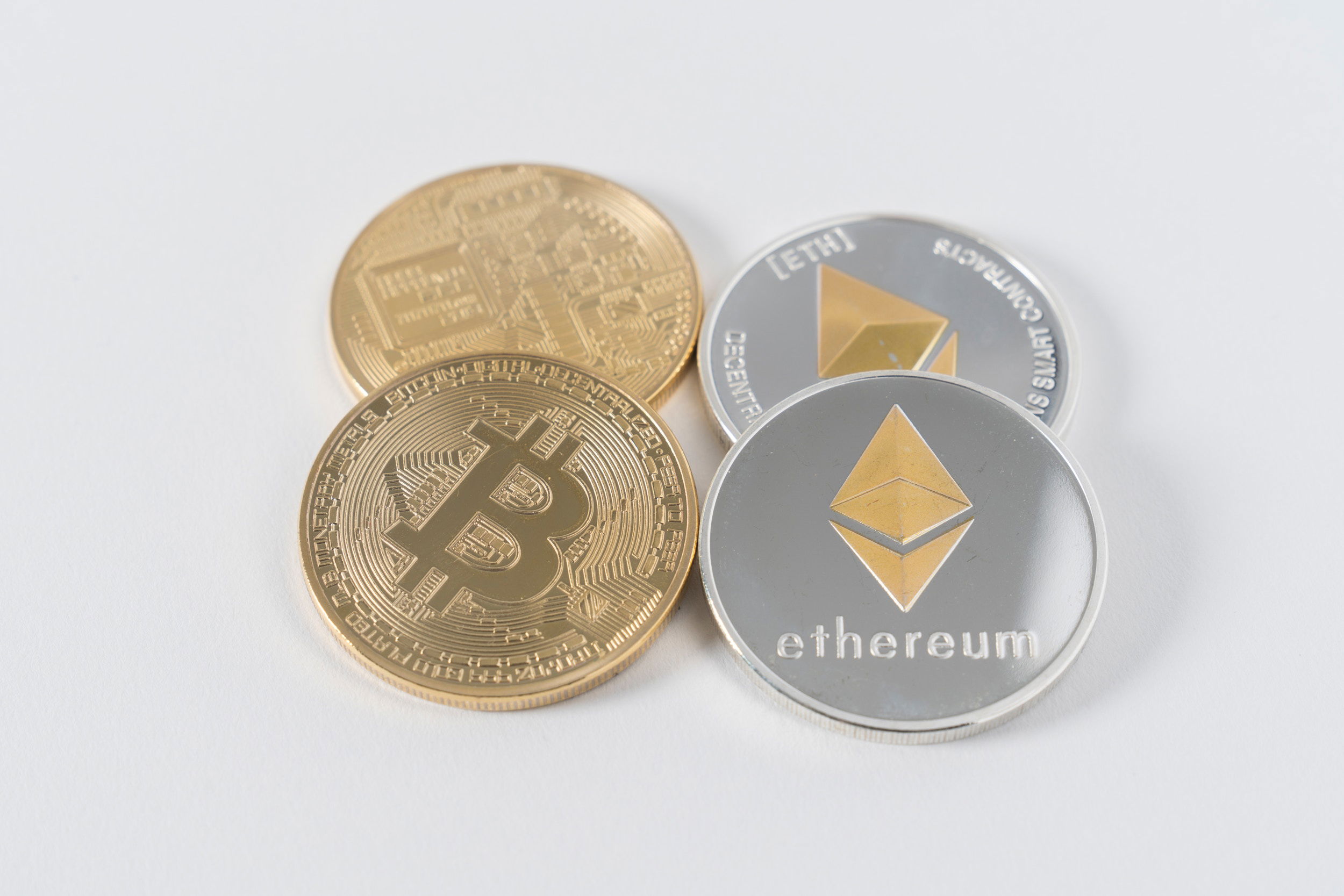¿Qué es la cadena de bloques? todo

what is blockchain?
Blockchain is a decentralized and distributed digital ledger technology that records transactions across multiple computers or nodes in a network. It is designed to be transparent, secure, and tamper-resistant.
Here's a breakdown of key components and concepts related to blockchain:
Distributed Ledger: A blockchain is a type of distributed ledger, meaning that copies of the ledger are stored and synchronized across multiple nodes in a network. This decentralized nature eliminates the need for a central authority or intermediary to validate and maintain the ledger.
Blocks: A blockchain consists of a chain of blocks, with each block containing a list of transactions. Each block typically includes a reference to the previous block, forming a chronological chain of blocks.
Transactions: Transactions represent the exchange of assets or information between participants in a blockchain network. These transactions are recorded in blocks and added to the blockchain.
Consensus Mechanism: To ensure the validity and consistency of the ledger, blockchain networks use consensus mechanisms. These mechanisms enable nodes in the network to agree on the state of the blockchain and validate transactions. Common consensus mechanisms include Proof-of-Work (PoW), Proof-of-Stake (PoS), and Practical Byzantine Fault Tolerance (PBFT).
Cryptography: Blockchain relies on cryptographic techniques to secure transactions and ensure data integrity. Each transaction is digitally signed using cryptographic keys, and the blocks are linked using cryptographic hashes. This makes it difficult for malicious actors to tamper with the data stored in the blockchain.
Smart Contracts: Smart contracts are self-executing contracts with predefined rules and conditions encoded on the blockchain. They automatically execute actions when specific conditions are met. Smart contracts enable the automation and programmability of transactions, eliminating the need for intermediaries and reducing the potential for fraud.
Public and Private Blockchains: Public blockchains, like Bitcoin and Ethereum, are open to anyone and allow for permissionless participation. Private blockchains, on the other hand, are restricted to a specific group of participants and require permission to join. Private blockchains are often used by businesses and consortia to maintain privacy and control over the network.
Use Cases: Blockchain technology finds applications across various industries. Some common use cases include cryptocurrency and digital asset management, supply chain transparency and traceability, decentralized finance (DeFi), identity verification, voting systems, healthcare data management, and more.
It's important to note that while blockchain provides several benefits, it may not be suitable for all scenarios. Factors such as scalability, energy consumption, and regulatory considerations need to be carefully evaluated when considering blockchain implementation.

Here are some additional details about blockchain technology:
Immutability and Transparency: Once a transaction is recorded on a blockchain, it is difficult to alter or delete. This immutability feature ensures the integrity of the data stored on the blockchain, making it highly resistant to fraud and tampering. Additionally, blockchain's transparency allows all participants in the network to have access to the same information, promoting trust and accountability.
Decentralization: Blockchain operates on a decentralized network of nodes, where no single entity has control over the entire system. This decentralization eliminates the need for intermediaries and central authorities, reducing costs and increasing efficiency. It also enhances the resilience of the network by eliminating single points of failure.
Cryptocurrencies and Tokens: Blockchain technology is closely associated with cryptocurrencies like Bitcoin and Ethereum. These digital currencies utilize blockchain as the underlying technology for secure and decentralized transactions. Additionally, blockchain enables the creation and management of digital tokens, which can represent various assets, such as real estate, intellectual property, or loyalty points.
Intermediary Disruption: Blockchain has the potential to disrupt traditional intermediaries in various industries. By enabling peer-to-peer transactions and automated smart contracts, blockchain reduces the need for intermediaries like banks, insurance companies, and supply chain middlemen. This disintermediation can lead to cost savings, increased efficiency, and greater control over one's own assets.
Challenges and Limitations: While blockchain offers numerous advantages, it also faces challenges and limitations. As mentioned earlier, scalability, energy consumption, interoperability, and regulatory concerns are key areas that require further development and attention. Additionally, the learning curve for blockchain technology can be steep, and there may be resistance to adopting new systems and processes.
Evolution of Blockchain: Blockchain technology continues to evolve and diversify. New consensus mechanisms, such as Proof-of-Stake (PoS) and delegated Proof-of-Stake (DPoS), aim to address scalability and energy efficiency concerns. Furthermore, advancements like permissioned blockchains, sidechains, and cross-chain interoperability protocols are being developed to expand the potential use cases and improve overall blockchain functionality.
Blockchain Consortia and Collaborations: Recognizing the potential of blockchain, industry players and organizations have formed consortia and collaborations to explore and implement blockchain solutions. These collaborations aim to establish standards, share knowledge, and develop common frameworks to encourage widespread adoption and interoperability.
Future Potential: The future of blockchain technology holds immense possibilities. It has the potential to revolutionize finance, supply chain management, healthcare, government services, and more. With ongoing research and innovation, blockchain may address current limitations, unlock new use cases, and reshape industries in profound ways.
As blockchain technology continues to mature and find practical applications, it is expected to have a significant impact on various sectors, driving efficiency, transparency, and trust in digital transactions and interactions.

Can you provide examples of blockchain consortia and collaborations that have been formed?
Here are some examples of blockchain consortia and collaborations that have been formed:
Hyperledger: Hyperledger is an open-source collaborative effort hosted by the Linux Foundation. It brings together numerous organizations and industry leaders to develop blockchain frameworks and tools for various enterprise use cases. Hyperledger Fabric, Sawtooth, and Indy are some of the prominent projects under the Hyperledger umbrella.
R3 Consortium: R3 is a consortium of over 300 financial institutions and technology companies focused on developing blockchain solutions for the financial industry. They have developed Corda, an open-source blockchain platform designed for enterprise use, with a specific focus on privacy and interoperability.
Enterprise Ethereum Alliance (EEA): The EEA is a collaboration of over 200 organizations, including businesses, startups, and technology providers. It aims to develop standards and specifications for Ethereum-based blockchain solutions in enterprise environments. The EEA focuses on scalability, privacy, and interoperability within the Ethereum ecosystem.
Blockchain in Transport Alliance (BiTA): BiTA is an industry consortium focused on applying blockchain technology to the transportation and logistics sector. It brings together leading companies in the field to develop standards, promote education, and drive adoption of blockchain in areas such as supply chain management, freight tracking, and digital documentation.
MOBI (Mobility Open Blockchain Initiative): MOBI is a consortium of automotive companies, technology providers, and mobility industry players. Their goal is to explore and develop blockchain solutions for the mobility sector, including areas like vehicle identity, supply chain, autonomous vehicle data, and mobility payments.
Global Shipping Business Network (GSBN): GSBN is a joint venture consortium formed by major shipping carriers such as Maersk, MSC, CMA CGM, and others. It aims to digitize and streamline global trade processes using blockchain technology. The consortium focuses on enhancing transparency, efficiency, and security in the shipping and logistics industry.
B3i Services AG: B3i is a collaboration of insurance industry participants, including insurers, reinsurers, and brokers. They aim to develop blockchain-based solutions for the insurance sector, focusing on areas such as contract management, claims processing, and data sharing. B3i has developed the B3i Reinsurance Blockchain as a platform for their collaborative efforts.

These are just a few examples of the many consortia and collaborations in the blockchain space.
These initiatives bring together industry stakeholders to drive innovation, establish standards, and create common frameworks that promote the adoption and interoperability of blockchain technology in specific industries or use cases.
Comentarios